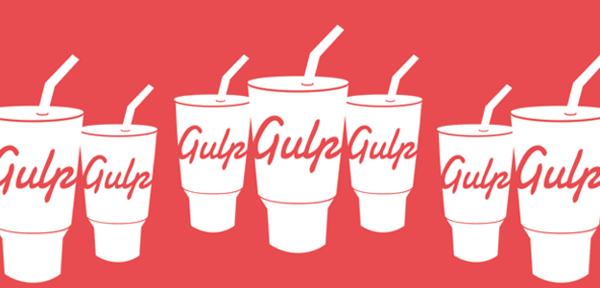As describe on the Gulp website, this tool allows you to automate and enhance your workflow and is Easy to Learn, Easy to use, Efficient and High Quality… I totally agree with this. But I’ve been stuck by a small problem in the past few days : how to get an environment variable to build conditional tasks ?

Gulp util install
First of all you need to add a new node dependency called gulp-util in your packages.json file:
"devDependencies": {
"gulp-util": "x.y.z"
},Install it with your favorite command:
npm installUse gulp util in your Gulpfile.js
- Require:
var sass = require('gulp-sass');
var concat = require('gulp-concat');
var minifyCss = require('gulp-minify-css');
...
var gutil = require('gulp-util');- Tasks:
gulp.task('stylesheet', function() {
return gulp.src([])
.pipe(sass())
.pipe(concat('styles.css'))
.pipe(gutil.env.env === 'prod' ? minifyCss() : gutil.noop())
.pipe(gulp.dest('web/css'));
});- DRY
It’s possible that you have many gulp tasks that need this behavior:
function minifyIfNeeded() {
return gutil.env.env === 'prod'
? minify()
: gutil.noop();
}
gulp.task('stylesheet', function() {
return gulp.src([])
.pipe(sass())
.pipe(concat('styles.css'))
.pipe(minifyIfNeeded())
.pipe(gulp.dest('web/css'));
});Give gulp configuration through the command line
gulp stylesheet
gulp --env=prod stylesheet
gulp --env=dev stylesheet
gulp --env=$(ENVIRONMENT_VAR) stylesheetyou could change the --env option with anything else:
gulp --type=prod stylesheetand use this in your Gulpfile.js:
gulp.task('stylesheet', function() {
return gulp.src([])
.pipe(sass())
.pipe(concat('styles.css'))
.pipe(gutil.env.type === 'prod' ? minifyCss() : gutil.noop())
.pipe(gulp.dest('web/css'));
});More resources
- http://www.mikestreety.co.uk/blog/an-advanced-gulpjs-file
- https://gist.github.com/youknowriad/f90b535d151b2794e42f